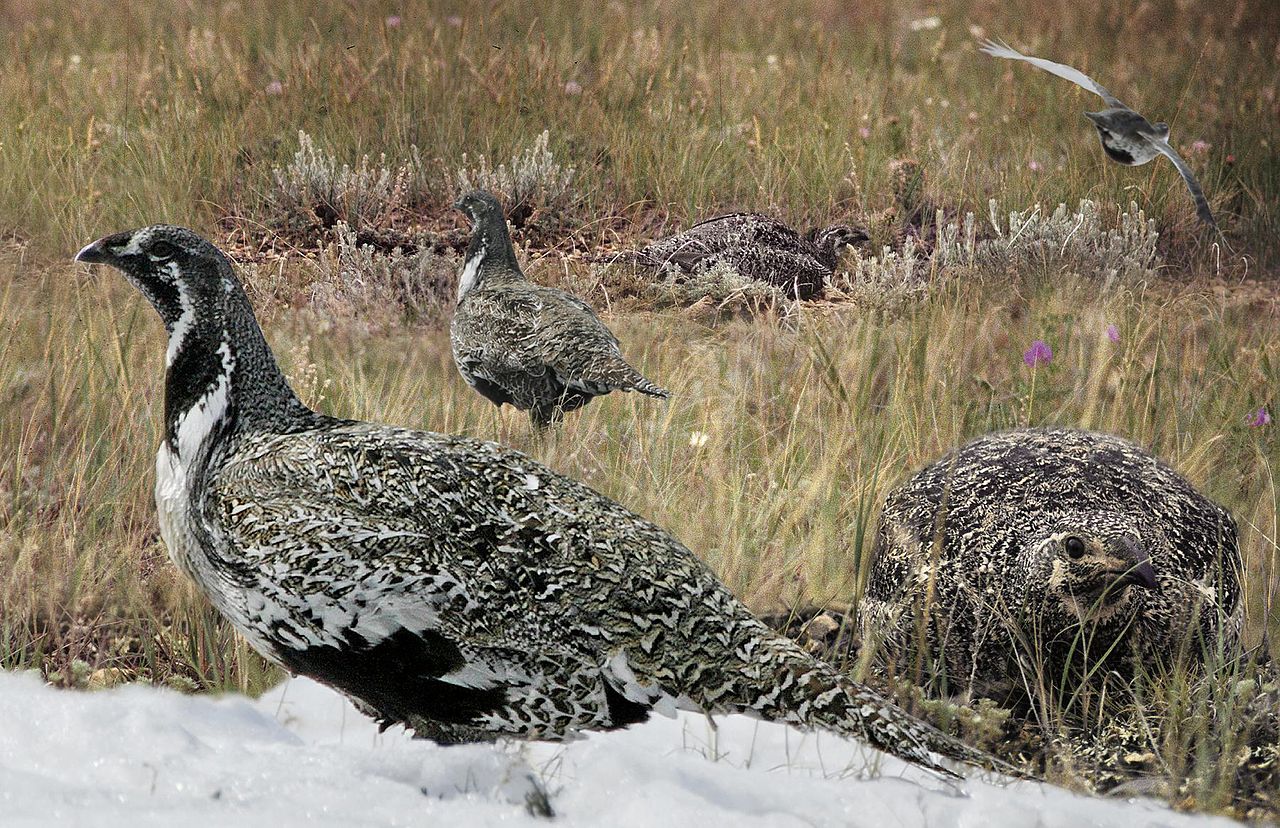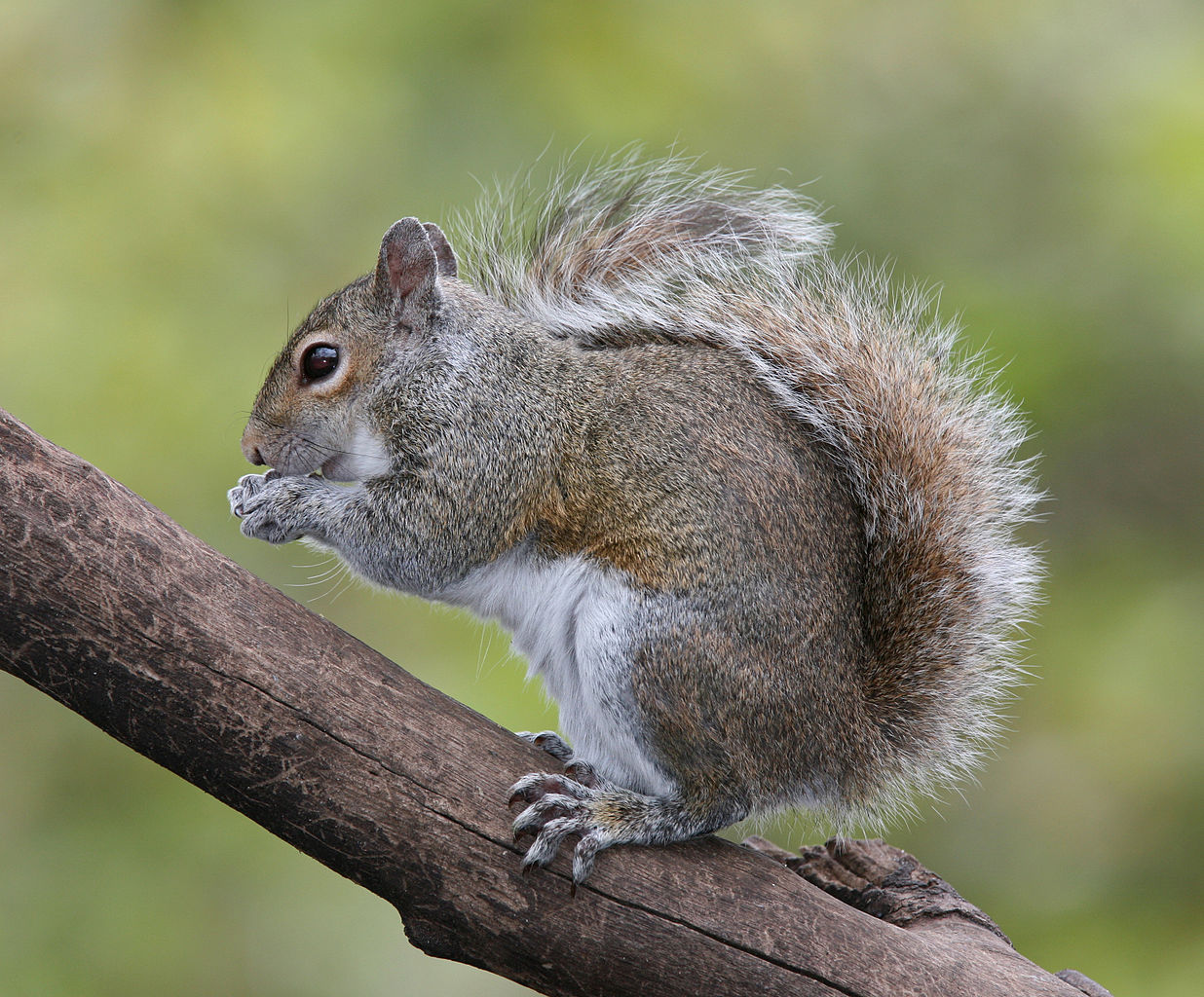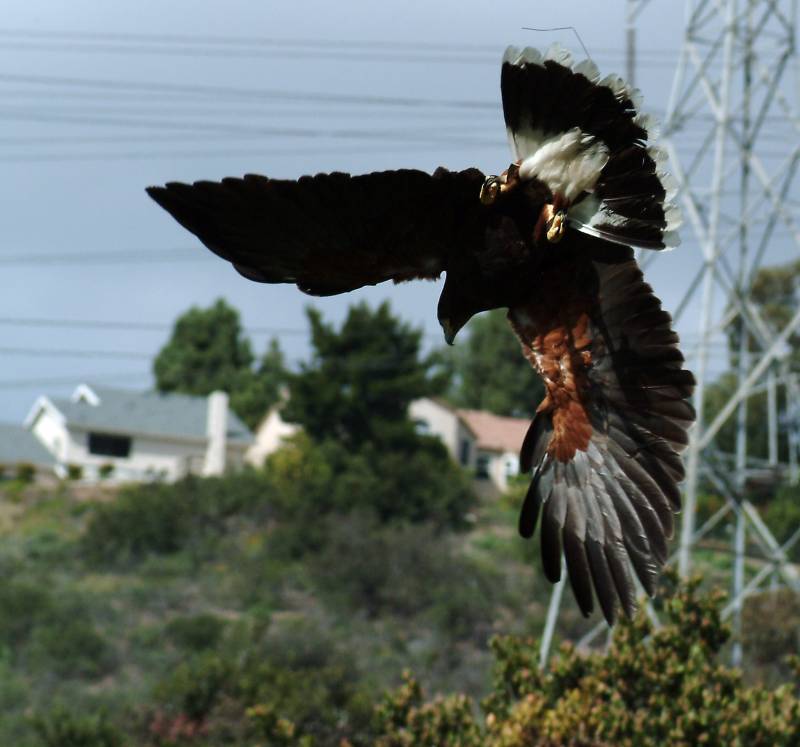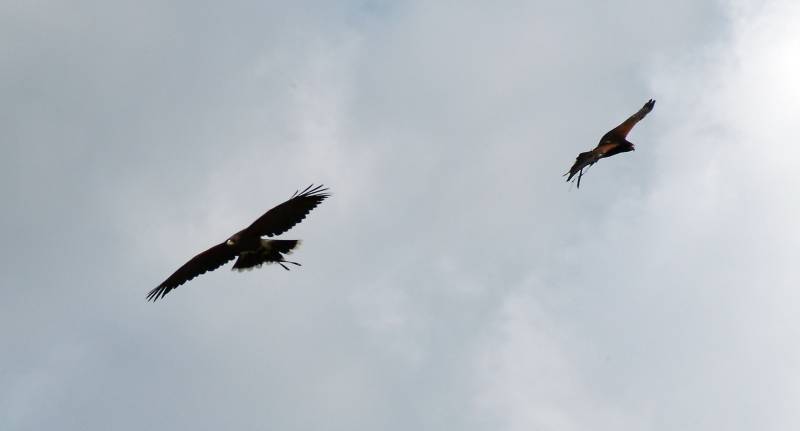The Four “F”s
- Feeding
- Fleeing
- Fighting
- Reproduction
Reproduction
The basic drive, present in all life.
Feeding
Very basic drive, present in all hetertrophs (organisms that get their energy feeding off other organisms).
Fleeing
Drive present in all mobile organisms that have predation pressure in some part of their life cycle, or in social animals.
Fighting
Drive present in territorial animals, social animals.
Putting Them Together
Consider the Barnacle
Very successful group of marine arthropods, the Cirripedia (also see Wikipedia.
Plaktonic larval stage, sessile adults.

Feeding — Many are filter-feeders, “feather-footed”, use modified appendages to sieve water for plankton. Others are parasitic, feeding off a host to which they attach themselves.
Fleeing — Not an option for the anchored adult. But many barnacles have an effective defense in six hard plates that enclose various amounts of the body. Acorn barnacles use this not only as anti-predator defense, but also for water retention, allowing them to inhabit the intertidal zone. Predator attack leads to retraction of the cirri into the shells and closing them.
Fighting — Hard for these animals to do this, either.
Reproduction — A bit of a problem, given that the adults are stuck in position. Most barnacles are hermaphrodites, but experiments in some species show self-fertilization is relatively rare. Some utilize broadcast of sperm and eggs, but others have very long penises to allow delivery of sperm to nearby others.
Consider the Sage Grouse
Sage grouse are large, ground-nesting birds of the North American plains, using sagebrush as cover.

.jpg)
Feeding — forages for insects, plant material.
Fleeing — camouflage coloration tuned to sagebrush environment. Drops to ground, goes immobile with recognition of aerial predator. When pressured, flies to cover. Can run under cover.
Fighting — best known in male defense of territory on a lek.
Reproduction — lekking species, males congregate and display, females enter lek and select mate. Females raise young.
Concerns:
Habitat loss disrupts lekking and nesting. Noise from human development has an effect on lek formation.
Blickley, JL, Blackwood, DL, and Patricelli, GL. (2012) Experimental evidence for the effects of chronic anthropogenic noise on abundance of greater sage‐grouse at leks. Conservation Biology 26:461-471. (PDF)
Decline in sage grouse populations has resulted in decades of promises of state wildlife agencies and land-use interests to develop and implement conservation plans that would stave off listing the sage grouse as either threatened or endangered under the Endangered Species Act. The decline continues. The political consequences of listing of sage grouse would be far-reaching.
Consider the Grey Squirrel
Grey squirrels are rodents that often tolerate close proximity to humans. Grey squirrels have been introduced to Europe (accidental release from London Zoo, sold as pets in Italy), with bad consequences for the smaller, less adaptable red squirrel.

Feeding — a generalist, primarily eats plant material (seeds, nuts, etc.), but also will opportunistically take bird eggs, nestlings, and frogs.
Fleeing — grey squirrels are subject to predation by a laundry-list of predators, and have a variety of behaviors for evasion of a predator. They are arboreal, and utilize trees as a primary means of evasion. They climb well, a leap strongly and accurately.
Fighting — Squirrels will fight over territory.
Reproduction — A male may chase a female over several days before mating occurs.
Behaviorally, grey squirrels show immense adaptability in obtaining food. This is well-known to those attempting to exclude grey squirrels from bird feeders. (See the Daylight Robbery and Daylight Robbery 2 films.)
Consider Harris’s Hawks
Harris’s hawks are a medium-sized raptor species. They are the only raptor species well established to hunt cooperatively in groups.



Feeding — Harris’s hawks are obligate carnivores. In the US desert southwest, Harris’s hawks are known for cooperative hunting, with various birds taking on different roles in hunting, including flushing prey from brush. (See Bednarz 1988.)
Fleeing — Harris’s hawks fly to evade larger ground predators and other avian predators, such as the great horned owl.
Fighting — Harris’s hawks will fight over territory, and dominance relations (see Dawson and Mannan 1991).
Reproduction — Harris’s hawk groups are commonly described in terms of an alpha breeding pair, beta birds as helpers at the nest, and gamma birds who participate in group hunting but are not allowed at the nest. (See Bednarz 1987 for details.)
National Geographic’s “Wolves of the Air” features Jim Dawson, who did the falconry for the set shots.
Question from Last Session
How long do grasshoppers live?
Grasshoppers have a multi-stage life cycle. The total time in all the life stages ends up at about a year. Time in the adult stage is typically a small part of that, with some spending about a month in that stage.
An interesting research abstract discusses differences in longevity between two morphological forms of males in a species. The shorter-lived form of bladder grasshopper male has the typical male display mechanism. The longer-lived form lacks it. The longer life-span of the male adult is speculated to allow it greater opportunities for encounters with females, perhaps making up for the lack of the usual display.
